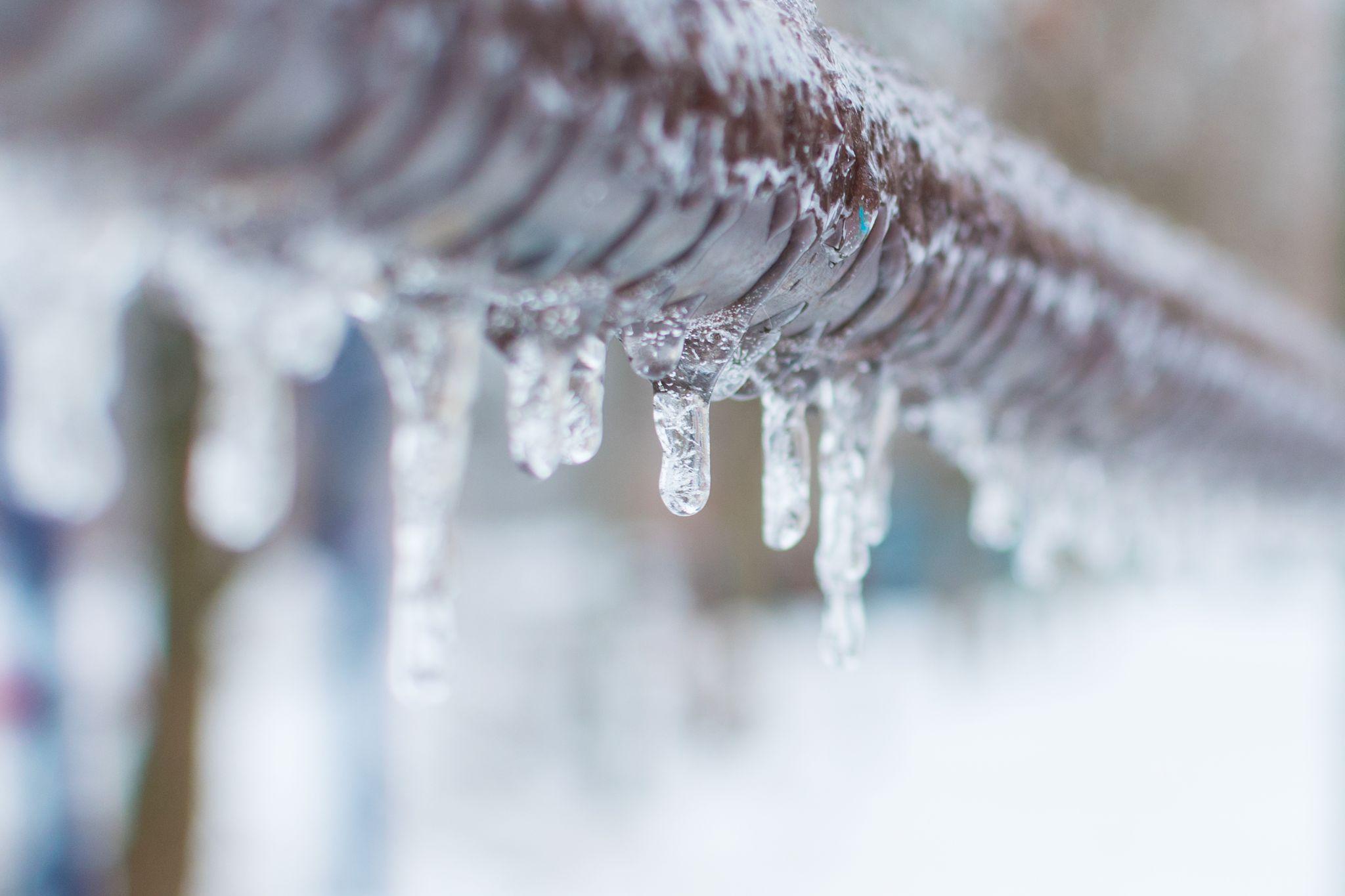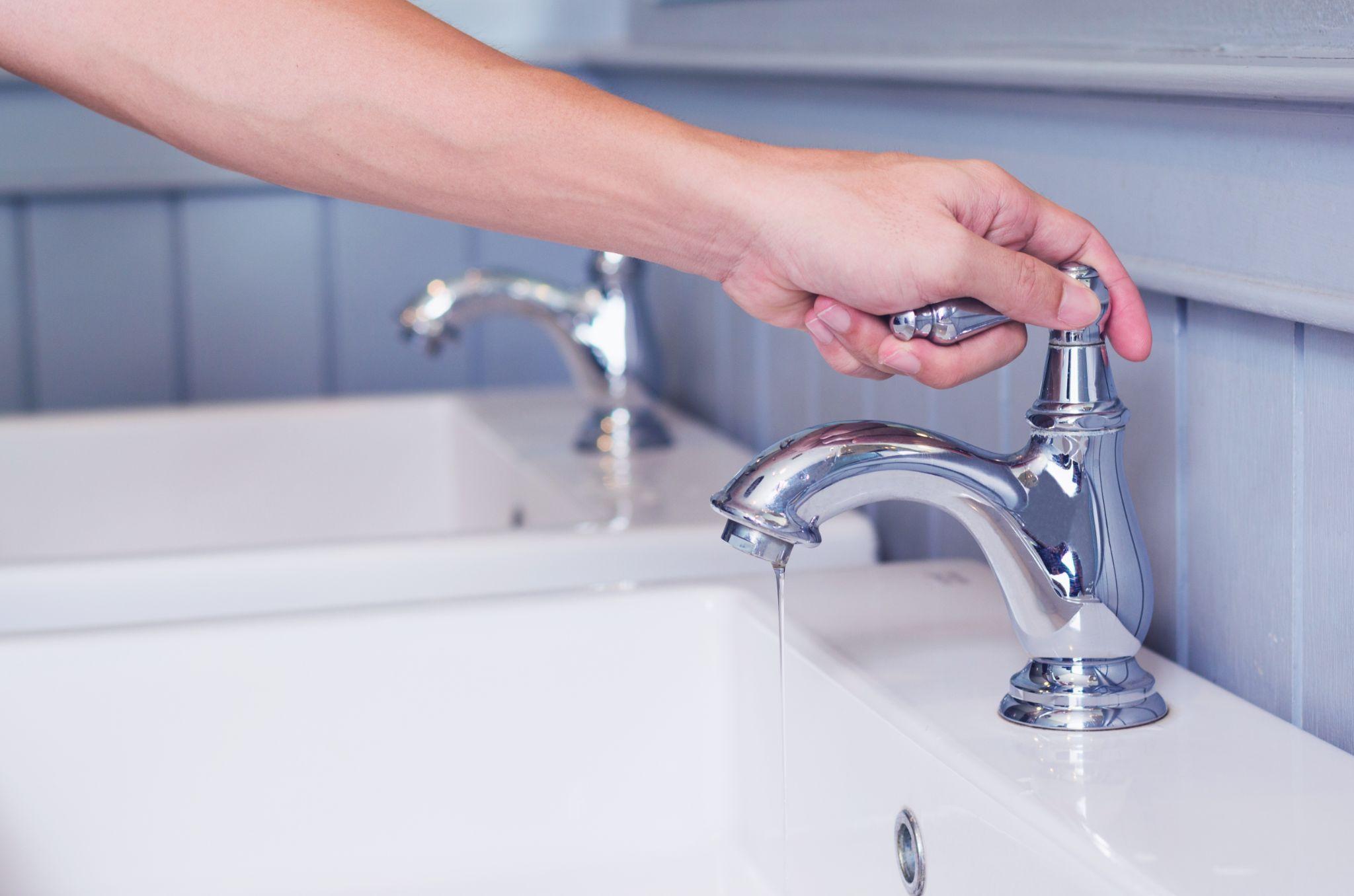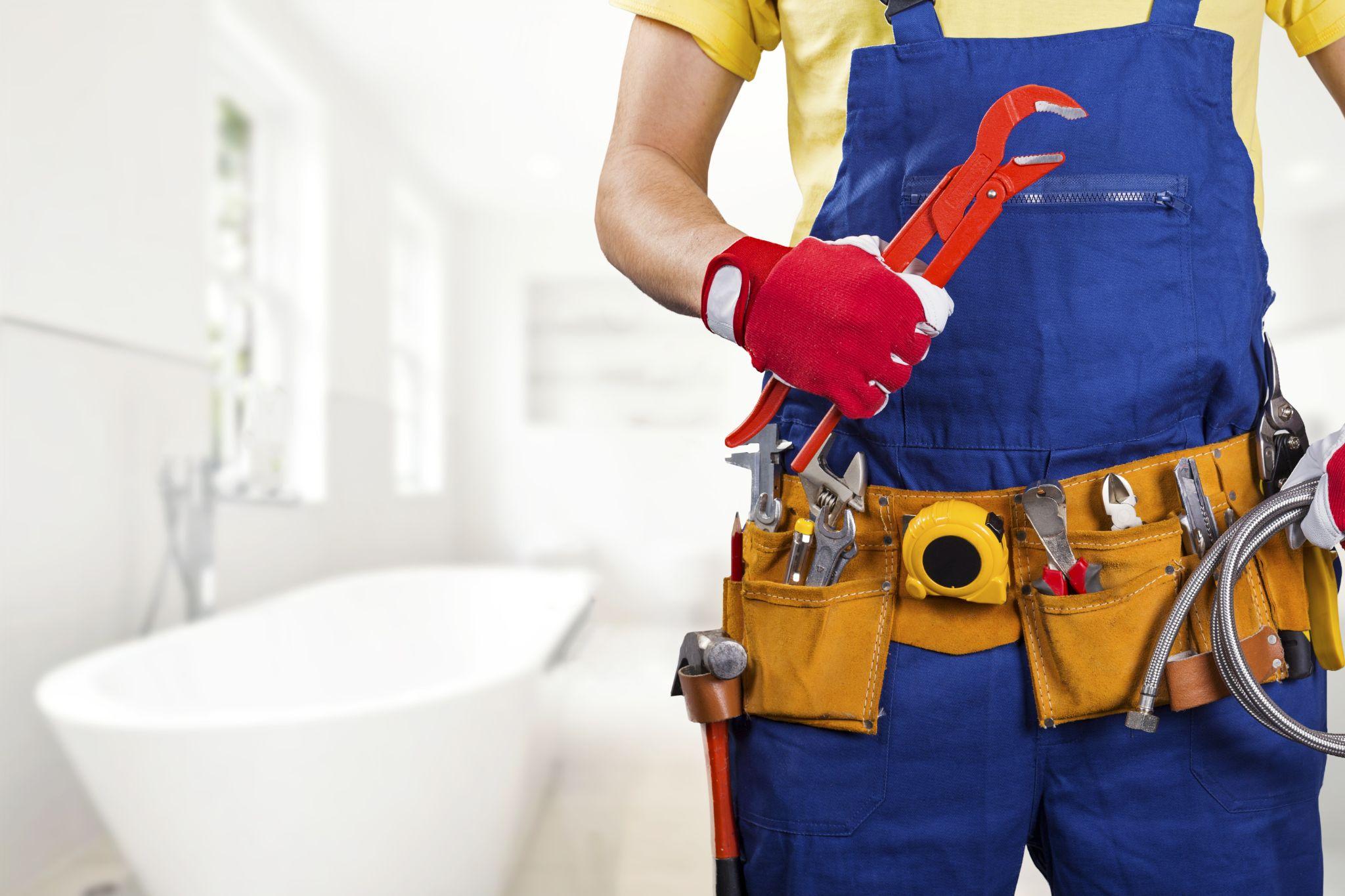How to Keep Pipes from Freezing Without Power

Power outages can occur during major winter storms in Texas, where temperatures dip below freezing. When you lose power to your home, indoor temperatures will gradually drop. If the power remains off for an extended period, your house could get cold enough that your pipes freeze.
Frozen plumbing pipes can create bigger problems besides not having heat. As the water freezes and turns into ice, it expands. As a result, the ice can put excess pressure on the water lines, causing them to burst.
How to Prevent Freezing Pipes
You can do several things to help prevent pipes from freezing even when you do not have power and heat.
#1. Leave Water Trickling from the Faucets
Turning on your faucets and allowing cold running water to flow will prevent the pipes from freezing and bursting even in cold weather. So, you want to turn on several faucets in different areas of the home, including each of your bathrooms and the kitchen. The water does not need to be turned on all the way. You just need a small trickle of water to maintain its flow.
#2. Open Sink Cabinet Doors
The air underneath sink cabinets can get colder than the air in the rest of the house. By opening the sink cabinet doors, you allow warmer air to enter under the sink. This can help prevent the water pipes from freezing.
#3. Shut Off the Water Main / Turn on Faucets
Another option to prevent freezing pipes when you lose power is to drain the water lines. Start by shutting off the valve for the water main. Next, turn on the cold water to drain the water from the water lines. While some water will remain in the pipes, there will only be a small amount, so it will not freeze and burst the plumbing lines.
If you have a tank-type water heater, you will want to also drain the water from the heater to prevent it from freezing. Once the water main has been turned off, use the drain valve on the water heater to drain the water out of it. Alternatively, you can turn on the hot water at different faucets to drain it.
#4. Wrap Exposed Pipes with Heavy Towels
If you have exposed pipes in your basement, garage, or crawl space, you can protect them from freezing by wrapping them in heavy towels to help insulate the pipes. However, it is still a great idea to turn on your faucets to a trickle to maintain water flow.
#5. Keep Your Garage Door Closed
If your water heater or washing machine is located in the garage, or you have water lines running through exterior walls, you want to prevent freezing temperatures inside your garage. The easiest way to do this is by keeping the garage door closed until your power is restored and you have heat.
Other Useful Tips
If you have a wood-burning or pellet stove in your kitchen, you can keep a fire burning to keep this part of the home warmer. However, you will still want to use other methods to prevent water pipes from freezing in other parts of the house.
Some people might consider using a portable kerosene heater to help keep pipes from freezing. However, you should never use kerosene heaters indoors because they should not be used in enclosed areas. As the kerosene burns, it releases carbon dioxide, carbon monoxide, sulfur dioxide, and nitrogen dioxide—all harmful chemicals you should avoid breathing.
What Do You Do if Your Pipes Freeze?

If you discover your pipes are frozen, you need to pinpoint the location in the water system where they froze. Usually, it will be on an exterior wall or where the water main enters the home. However, if the water only appears frozen in the kitchen or bathroom, the pipes under the cabinet are probably frozen.
The first thing you need to do is determine if the pipes are partially frozen or frozen solid. Next, turn on the faucet. If the water trickles out, it means they are partially frozen. In this case, you can turn on other faucets and get the water moving to help melt the ice.
If the pipes are frozen solid, you need to apply heat to them. You will have to wait until the power is restored. Once it is, you can wrap the pipe with a heating pad or electric blanket to help warm it up and thaw the ice.
Another viable option is to use an electric space heater to warm up the air around the pipes. As the air temperature increases, it will help heat up the water supply lines and melt the ice inside the pipes.
What Do You Do if Your Pipes Freeze and Burst?
If your pipes freeze and burst, you need to contain the water. Start by shutting off the water main to the home. Then open the faucets to drain water from the plumbing lines.
Next, attempt to locate the area where the pipes burst. If one pipe froze and burst, chances are there could be others. Start by checking under sink cabinets and any exposed pipes you can access.

For inaccessible water pipes, look for signs for water damage, such as dripping water from the ceiling or wet spots on drywall. This will at least help you narrow down where the burst occurred.
Once you locate where the burst is, you want to contain the water damage until your plumber can come out and fix the burst pipe. You will also want to notify your homeowner insurance provider and file a claim as part of the water damages could be covered.
How to Prevent Pipes from Freezing in the Future?
One of the most effective ways to prevent pipes from freezing again is to have your water supply lines insulated. By insulating the pipes, you can protect them from colder temperatures and reduce the risks of frozen water lines.
For emergency plumbing problems, including frozen and burst pipes, or for plumbing home maintenance in New Braunfels, Temple, San Antonio, or the Austin Metro area to insulate your pipes, please feel free to contact Christianson Air Conditioning & Plumbing at 512-246-5400 today!



Sorry, comments for this entry are closed at this time.